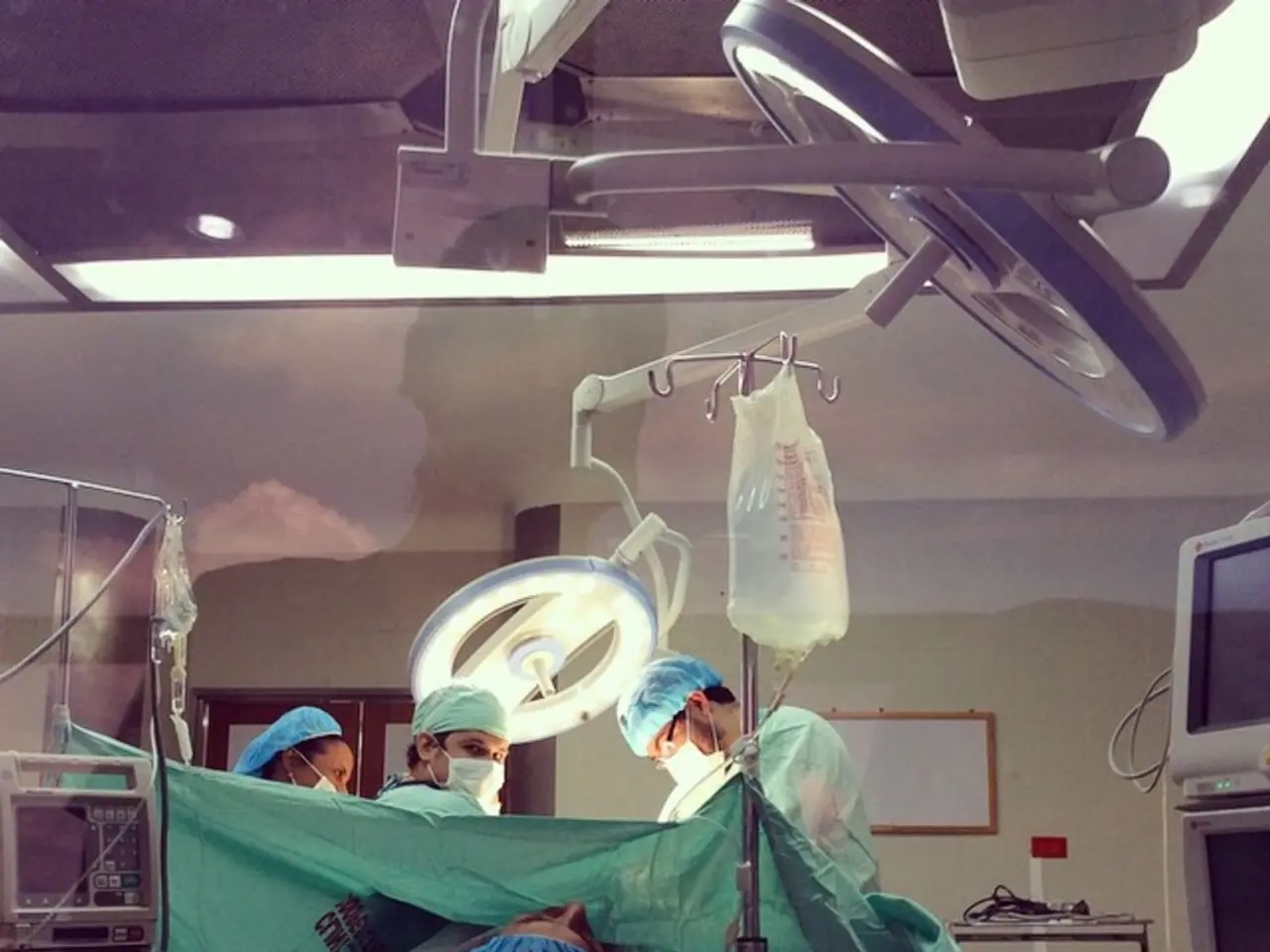Hospital Construction Planning: Acquiring Essential Medical Equipment for Future Facilities
In the world of healthcare delivery, medical devices and equipment play a crucial role. A well-planned approach to the selection, procurement, and installation of these essential tools is vital, especially during hospital construction projects.
Medical equipment planning involves several stages, starting with an equipment assessment, followed by budgeting, equipment selection, defining technical specifications, and equipment procurement. This process helps evaluate institutional needs, ensure compliance with local regulations, and guarantee that all selected products are fit for purpose, within budget, and delivered on time.
Early engagement with healthcare planners or project managers is common practice to help assess risks, develop master plans, and flag potential delays before detailed design and procurement begin. The recommended timeline for initiating these discussions is during the hospital construction design phases, ideally concurrent with the clinical visioning and space planning stages.
Planning for medical equipment placement should begin during the construction design phases after initial clinical workflow workshops with clinical staff have defined room functions, flows, and clinical dependencies. This ensures the equipment fits the functional and spatial requirements of each area.
Because healthcare construction must meet various national guidelines and codes, medical equipment planning must be integrated early to accommodate radiation shielding, fire egress, ICT integration, and other engineering requirements. Delays in approvals and procurement can significantly impact construction timelines, so mapping out equipment planning and submission schedules early helps avoid delays and coordinate commissioning milestones.
For specialized systems such as Automated Transport Systems, early planning during new construction is critical to allow for necessary capital investment, infrastructure, space design, and budgeting, which is difficult to retrofit later.
System coordination is crucial in hospital design, especially with the ongoing evolution of digitization. This includes coordinating lighting, alarm devices, and ventilation systems to ensure a safe and efficient operational environment. Joint planning of room design by experts, contractors, and healthcare teams ensures optimal space utilization.
Receiving and logistics involve coordinating with architects and contractors to ensure the safe delivery and timely installation of equipment. Planning for equipment delivery and installation during non-peak periods ensures minimal disruption to medical operations.
Advanced medical equipment and surgical tools require precise environmental conditions, and factors such as humidity and temperature must be optimally controlled while ensuring that systems support infection control requirements, which are critical for patient safety during treatment. Choosing suppliers with a proven track record of providing direct on-site services and ensuring precise delivery is important.
Involving relevant departments that will use the equipment daily in the purchasing process ensures that equipment meets their needs. Biomedical engineering teams must inspect and test equipment before final acceptance and conduct electrical safety tests before signing contracts. Regulatory laws should be considered, and compliance with local and international regulatory standards should be verified when purchasing equipment.
Determining the locations of medical devices and equipment relative to one another is essential to ensuring proper performance and avoiding interference. Managing complex logistics is crucial in the implementation of new medical technologies, requiring meticulous planning from the pre-design phase through to the construction phase. Selecting medical equipment that comes with maintenance services and warranty contracts can provide added value at a minimal additional fee.
In summary, medical equipment planning discussions should start early in the design process, alongside clinical workflow planning and before finalizing detailed construction designs and procurement strategies, to ensure smooth integration and timely delivery. Precise planning and coordination are necessary for equipping healthcare facilities with the tools they need to deliver quality care.
- Integrating AI and biomedical technology into healthcare delivery requires thoughtful planning of medical devices and equipment, encompassing stages like equipment assessment, budgeting, selection, technical specification definition, and procurement.
- During the construction design phase of a hospital, early planning for medical equipment placement is essential to ensure the equipment fits functional and spatial requirements of each area, accommodates engineering requirements, and minimizes potential delays in approvals.
- For specialized systems like Automated Transport Systems, planning during new construction is crucial to allow for capital investment, infrastructure, space design, and budgeting, making it difficult to retrofit later.
- Coordinating the placement of medical devices and equipment relative to one another is imperative to ensure proper performance, safely manage complex logistics, and avoid interference in the implementation of new medical technologies.




